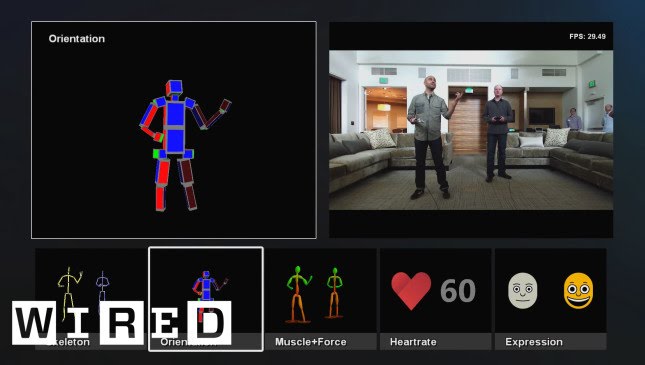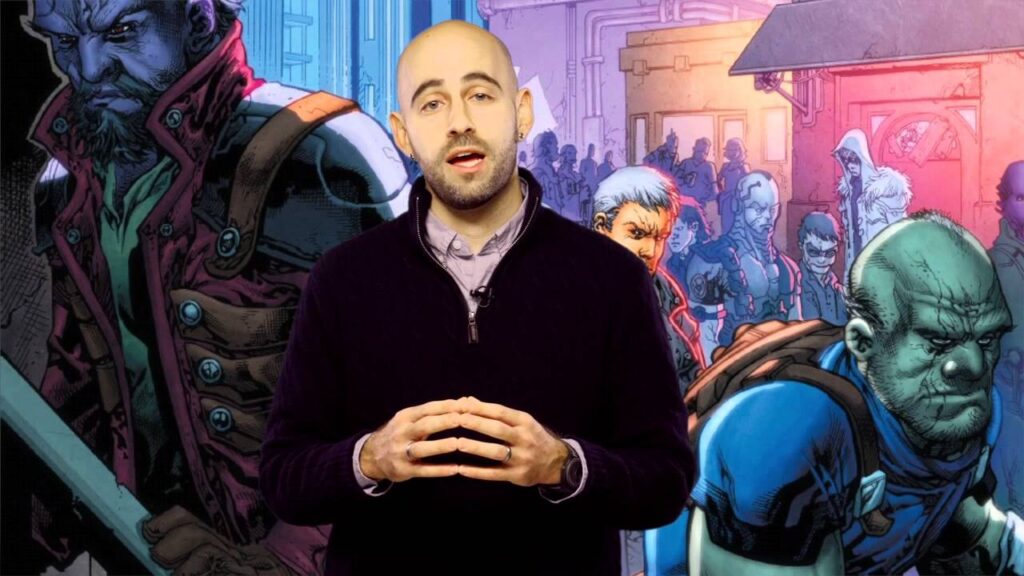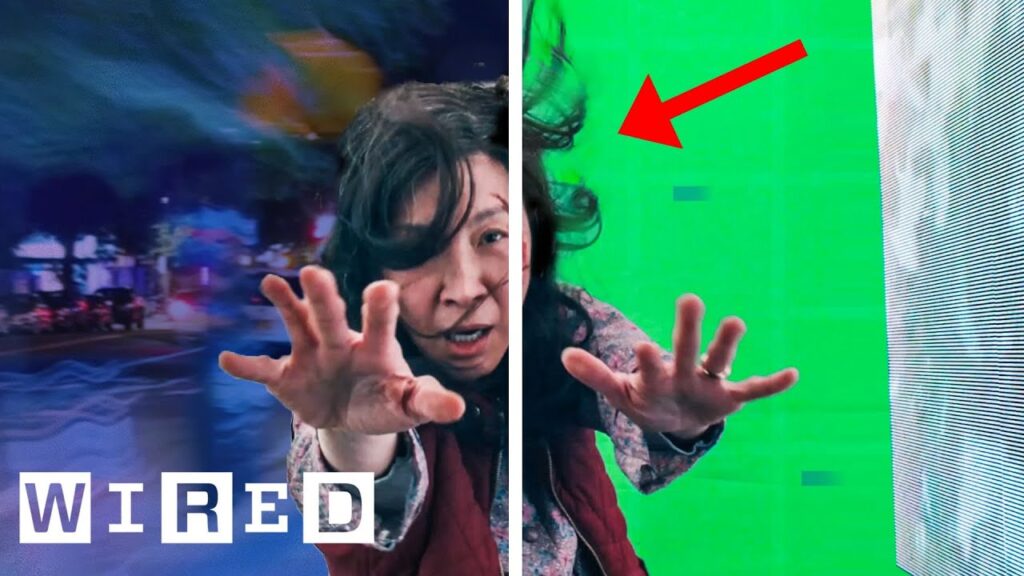Real-Life Portrayals in Film: Capturing the Fine Details
Summary
In this article, we explore the art of portraying real-life individuals in films. We discuss how actors and actresses incorporate changes in speech patterns and physical mannerisms to create accurate and believable portrayals. We also examine the challenges that come with portraying someone from a different language or culture.
Table of Contents
- Capturing Rhotic Accents in Film
- Portraying Nixon: Heightening Characteristics through Performance
- Ruth Bader Ginsburg: Consistent Non-Rhotic Brooklyn Accent
- Temple Grandin: Capturing Eye Movements and Speech Patterns
- Challenges of Portraying Individuals from Different Cultures
- Conclusion
Capturing Rhotic Accents in Film
The use of rhotic accents in the film industry is a topic of interest for many. John David Washington’s consistently rhotic speaking style in the film Ron Stallworth is a prime example of how actors can adjust their accent to suit a particular character. In the film, Washington’s character speaks with a different accent when speaking to the Ku Klux Klan on the phone, highlighting the importance of capturing the fine details of a character’s speech.
Portraying Nixon: Heightening Characteristics through Performance
Frank Langella’s portrayal of Richard Nixon in the film Frost/Nixon is another example of how actors can heighten a character’s characteristics through performance. Langella incorporated Nixon’s oral posture and pharyngeal squeeze to create a more authentic portrayal of the former president. Similarly, John Cusack’s portrayal of Nixon in the film Lee Daniels’ The Butler lightly evoked the character through rhythm and vocal qualities.
Ruth Bader Ginsburg: Consistent Non-Rhotic Brooklyn Accent
Felicity Jones’ consistent non-rhotic Brooklyn accent as Ruth Bader Ginsburg in the film On the Basis of Sex is a testament to the importance of maintaining consistency in a character’s speech pattern. Jones’ portrayal of the Supreme Court justice accurately captured her vocal qualities, making the character more believable and authentic.
Temple Grandin: Capturing Eye Movements and Speech Patterns
Claire Danes’ portrayal of Temple Grandin in the film Temple Grandin is a prime example of how actors can capture a character’s eye movements and speech patterns to create a more authentic portrayal. Danes’ portrayal of the autistic animal behaviorist accurately captured her unique way of speaking and her eye movements, making the character more believable and authentic.
Challenges of Portraying Individuals from Different Cultures
Portraying individuals from different cultures can be a challenge for actors. It requires a deep understanding of the culture and language of the character being portrayed. In the film The Last Samurai, Ken Watanabe’s portrayal of a samurai required a deep understanding of Japanese culture and language. Similarly, the portrayal of Nelson Mandela by Morgan Freeman in Invictus required a deep understanding of South African culture and language.
Conclusion
In conclusion, the art of portraying real-life individuals in films requires attention to detail and a deep understanding of the character being portrayed. Actors must capture the fine details of a character’s speech pattern and physical mannerisms to create accurate and believable portrayals. Portraying individuals from different cultures requires a deep understanding of the culture and language of the character being portrayed. By paying attention to these details, actors can create authentic and memorable performances that accurately capture the essence of the character they are portraying.







